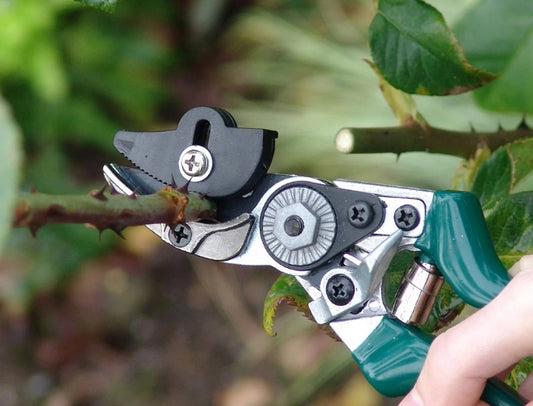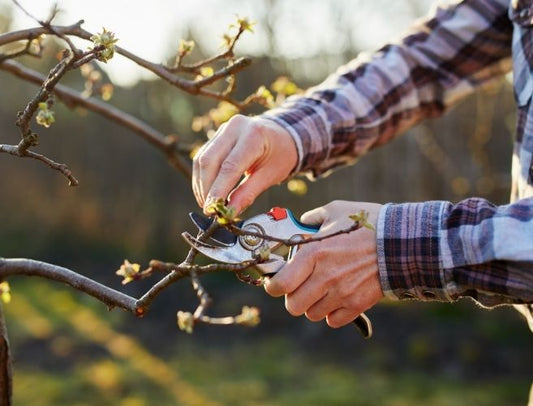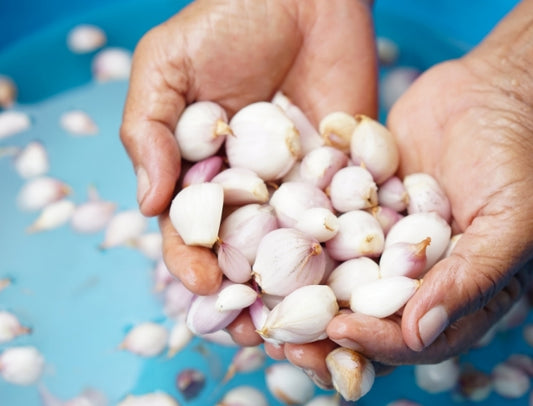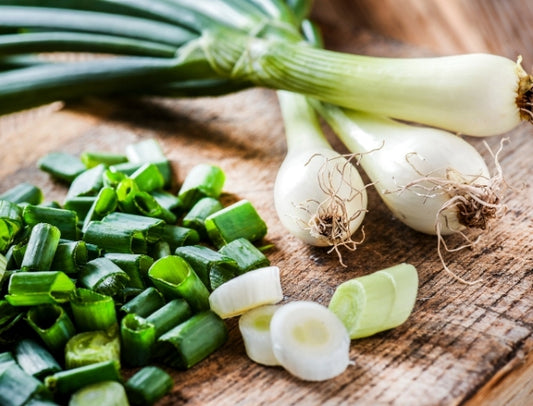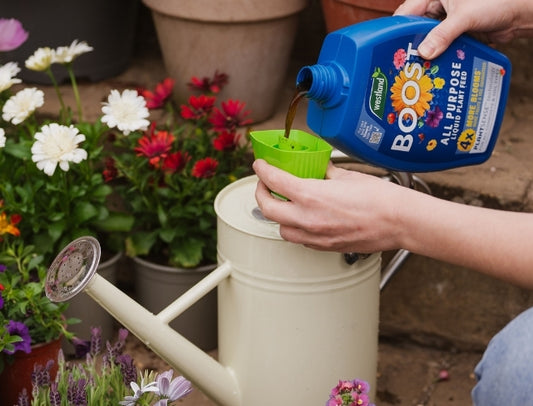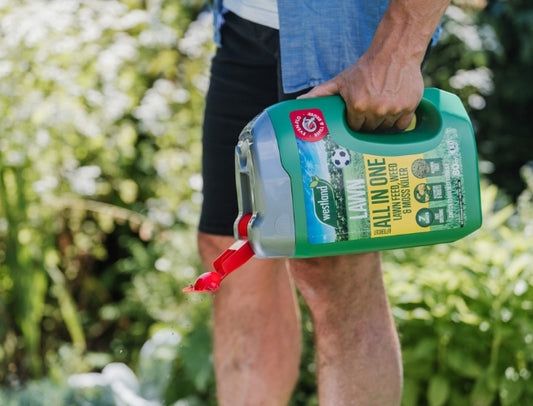
Essential August Gardening Jobs
- Prune wisteria
- Prune roses
- Deadhead flowers
- Prune fruit trees and bushes
- Lift garlic and shallots
- Divide congested clumps of chives
- Feed and water plants
- Feed and weed your lawn
- Harvest the last of the peas and beans
- Take cuttings of tender plants
Prune Wisteria
August is the perfect time to prune wisteria, helping it stay under control and encouraging more blooms next year. Cut back the long, whippy growth that the plant has put on this year to about five or six leaves. This will not only help keep it in check but also prevent it from causing problems with guttering or eaves if it's growing on a house wall. Regular pruning promotes the formation of flower buds for the next season.
Prune Roses
Rambling roses that don’t produce attractive hips should be pruned in August. Thin out the growth by cutting back a third of the oldest stems, and remove any shoots that have already flowered. This will help to keep the plant in good shape and encourage further blooms. For repeat-flowering roses, regularly deadhead faded flowers to maintain a continuous display.
Prune Fruit Trees & Bushes
For fruit trees such as apples and pears, August is a good time to prune new shoots that have sprouted from the main branches. This helps improve fruit quality and ripening. Also, trim any upward-growing shoots to three leaves and maintain the tree’s shape. For raspberries and other summer-fruiting bushes, cut back the canes that have already fruited to ground level to encourage fresh growth for next year.
Lift Garlic & Shallots
When the tops of your garlic and shallots start to die off, it’s time to lift them from the ground. Gently remove the soil around the bulbs and expose them to sunlight, allowing them to ripen. Once the tops are completely dry, you can harvest them for storage.
Divide Congested Clumps of Chives
Chives can become overcrowded over time, and if you notice that your clumps are congested, now is the time to divide them. Dig up the clumps and split them into smaller sections, leaving around five or six bulbs per clump. This will give the plants more space to grow and thrive.
Feed & Water Plants
With the intense summer heat, it's important to ensure your plants are well-fed and hydrated. Use an all-purpose plant food like Boost, which promotes growth, encourages root development, and helps plants flower. Regular watering is also essential to keep plants hydrated, especially those in containers and hanging baskets.
Feed & Weed Your Lawn
Feeding your lawn in August ensures it remains thick and green through the summer. Use a lawn treatment that combines fertiliser and soil enhancers to boost growth. If your lawn is looking a little tired, this treatment will help revive it. Weed regularly to prevent competition for nutrients, and raise the mower blades to help grass retain water.
Harvest the Last of the Peas & Beans
August is the final month to harvest peas and beans. Keep picking regularly to encourage continued flowering and cropping. Runner beans should be harvested while they are still tender, and peas are best picked when the pods are well-filled but not overripe.
Take Cuttings of Tender Plants
If you have half-hardy plants that you’d like to save for next year, August is the time to take cuttings. Plants like Verbenas, Fuchsias, and Pelargoniums are perfect candidates. Take the cuttings, dip them in hormone rooting compound, and place them in small pots filled with Seed & Cutting Compost. Keep them in a warm, sheltered location (but out of direct sunlight), and in about 8 weeks, the cuttings should be ready to transplant.
Deadhead Flowers
Deadheading is an essential gardening task to extend the life of your flowers. By removing faded blooms, you allow your plants to focus their energy on producing new flowers rather than seeds. Regularly deadhead dahlias, roses, and other flowering plants to keep them looking vibrant throughout the month.

